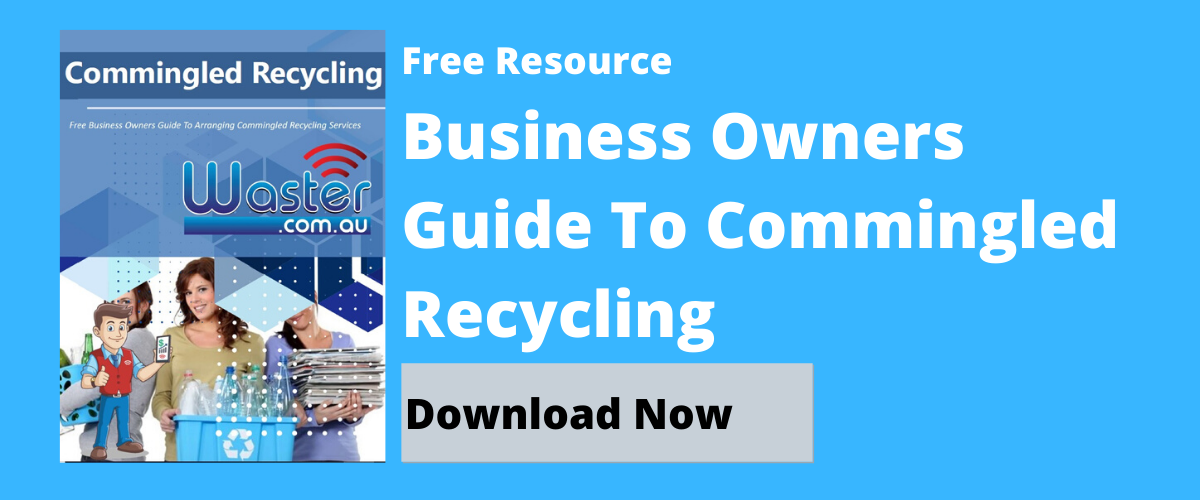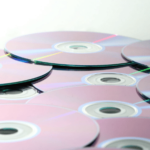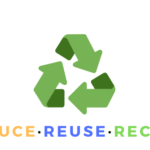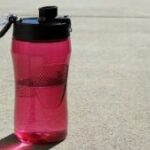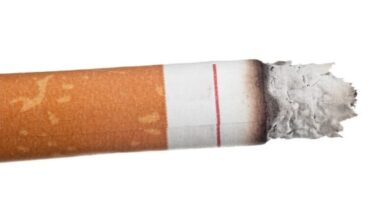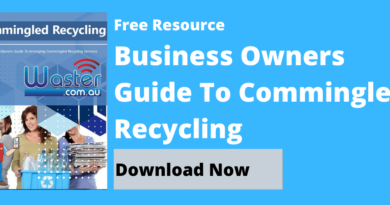Australasian Recycling Label ♻️: Discussing Symbols
Energy Disrupter
Australasian Recycling Label ♻️: A wide assortment of recycling labels or symbols can get confusing not just in Australia or New Zealand, but worldwide, as well. As a result, it creates an alarming challenge for people and industries around Australia and New Zealand.
For example, the Mobius Loop (three arrows looped into a triangle) indicates that a product is recyclable. But, is that all there is to it? Granted a product has a recycling label like that, would they be accepted in any kind of collection systems? I, for one, still find it confusing when I see a label like that.
Don’t even get me started with the plastic numbers!
Which? (a consumer group) carried out a survey in the UK. They stated that 59 per cent of consumers know what the green arrow recycling label of the Mobius Loop means. But the black version, which indicated that not every local authorities accept such kind of rubbish, was only recognised by 38 per cent of the respondents.
Fortunately, there exists a programme that provides easy to understand recycling labels in Australia and New Zealand (Australasian region). Will the labels actually help us boost recycling? Let me discuss further.
>Download Now: Free PDF Business Owners Guide To Commingled Recycling Bin Services
A Bit About Waster
Before I get further with the topic of Australasian recycling labels, let me first discuss Waster. Here at Waster, we offer innovative solutions for your waste management and recycling needs. Furthermore, we help boost recycling and collect rubbish for small and medium businesses in Australia.
With the help of Australasian recycling labels and Waster, you won’t have to worry about where your rubbish goes. They are in good hands!
Click the blue-button below to learn more.
Australasian Recycling Label: Recycling Made Easier!
Planet Ark, PREP Design, and the Australian Packaging Covenant Organisation (APCO), which was launched by Federal Environment Minister Melissa Price, came up with an evidence-based system for Australia and New Zealand to address the ongoing problem of pollution.
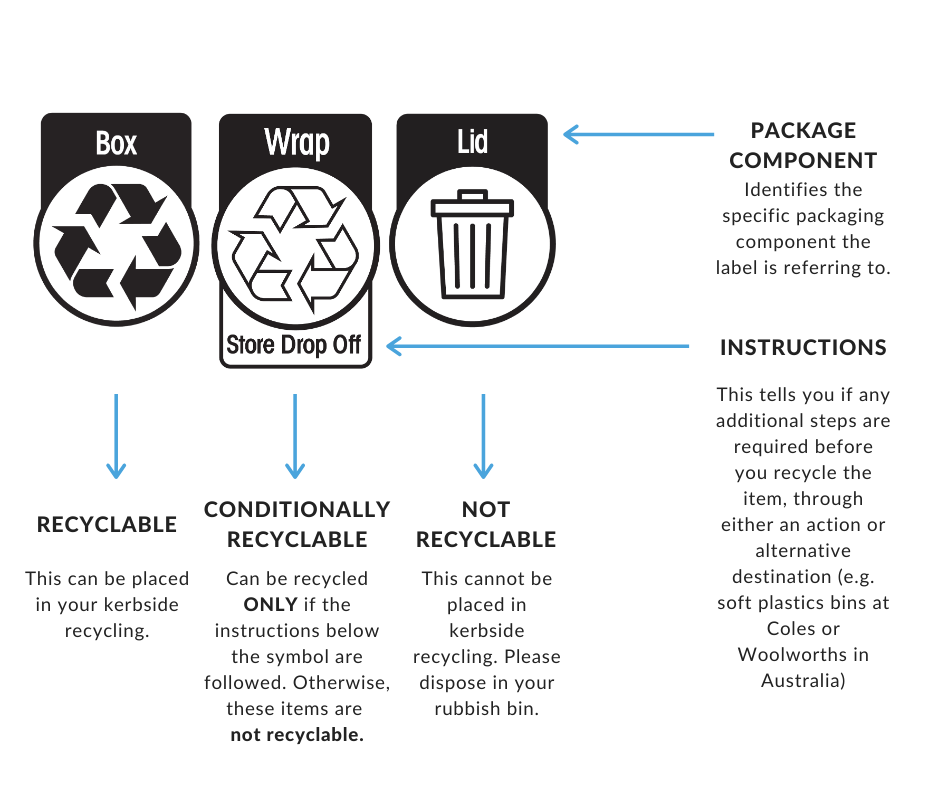

Called the Australasian Recycling Label, it aims to “provide you with easy to understand recycling information when you need it most”.
It also removes, or at least reduces, the possibility of waste going into landfill.

What PREP Is
The Packaging Recyclability Evaluation, or PREP for short, aims to provide access to a clear, consistent, and validated information about an item’s recyclability.
Scoped and commissioned by the Australian Packaging Covenant Organisation, managed and owned by PREP Design Pty Ltd, and founded by Industries SA and the Innovyz Waste & Recycling Technology Commercialisation Program; it is used to design more recyclable packaging and underpin claims on the Australasian Recycling Label.
Why Do We Need The Labels?
We all know that many of us care about the environment. Under those circumstances, we need to promote increasing recycling rates and decreasing waste going into landfills.
Our priorities include cleaning the land, sea, and air around us. By reducing our waste and boosting our recycling, we can do just that! But how can we do that if our recycling labels are too hard to comprehend? Is saving the environment just a dream for us?
For this reason, the Australasian Recycling Label was created!
As stated by Planet Ark, “The Australasian Recycling Label removes recycling confusion. When we dispose of our waste correctly, we keep contamination out of the recycling stream and recyclable material away from landfill”.
In other words, increased information on recycling removes the confusion and makes it easier for people to know what they can recycle or not to boost recycling rates. Additionally, it will also decrease recycling bin contamination, which Australia faced because of the China waste ban. Read our blog on Australia’s waste export and China’s waste problem for more information on this.
Recycling: Much More Than That
We all think about recycling as somewhat of an easy process.
Frankly speaking, I know some of you think that the recyclability of a product or material is solely based on what it’s made of.
[embedded content]
Let me just say that it is much more than that! Equally, you have to consider other factors in determining a product or material’s recyclability.
Different components and materials make up packaging. Additionally, they each require their own disposal methods.
Planet Ark said that “Packaging recyclability is much more than just the material it is made of. Things like shape, weight, inks and glues, can impact the recyclability of an item”.
The Australian Recycling Label removes all of these confusions.
“The Australasian Recycling Label takes all of this into consideration as well as the amount of the population that has access for that item to be recycled via their kerbside recycling collection service.”
Australasian Recycling Label: How It Works, Knowing The Labels
There are 3 types of Australasian Recycling Labels.
First, the recyclable label. It is a black-coloured recycling symbol. It suggests that the packaging can be placed in the recycling bin as it is.
[embedded content]
Second, the conditionally recyclable label. The transparent recycling label means that you must follow the direction it provides. Furthermore, failing to follow the instructions result in your waste going to the rubbish bin, unrecycled.
Instructions include short phrases like “Return to Store”, “Make into Ball”, “Fold to Recycle”, “Remove Handles”, “Separate to Recycle”, and others.
Lastly, the not recyclable label. A material having this label means that you must place it in the rubbish bin. It cannot be placed in the recycling bin as it is not recyclable.
Since its launching in 2018, more than 270 organisations use the Australasian Recycling Label programme. Active organisations in the programme include Woolworths, Coles, Aldi, Campbell Arnott’s, Australia Post, David Jones and Country Road Group, Unilever, Pact Group, Kimberley-Clarke Australia, Simplot, Fonterra, Goodman Fielder, Officeworks, Spotlight, Nestlé, Blackmores and T2 – plus so much more.
Will The Australian Recycling Label Work [In Bettering Recycling Efforts]?
It still requires effort from business owners and residents – but fundamentally – we have to know what a product is made from before we can recycle it – see our related blog on the thorny question as to are coffee cups recyclable.
Preparing For The Future
In the latest news, Ministers in Australia agree that they should target 100 per cent recyclable, compostable, and reusable packaging by 2025 in order to cut down waste.
Spearheaded by the Australian Packaging Covenant Organisation, it aims two clear goals to be achieved hopefully in the coming years, mainly:
- optimising resource recovery of consumer packaging through the supply chain
- preventing the impacts of fugitive packaging on the environment.
In fact, they delivered a plan, namely the 2017-2022 Strategic Plan, which focuses on “resource efficiency through sustainable packaging design”.
The plan also involves diverting as much waste as possible from going into landfills through educating the consumers, packaging disposal labelling (Australasian Recycling Label), and improving packaging sustainability performance through researching and knowledge-sharing across industries.
Recycling Symbols In Australia
You may not be aware if you are a busy small business owner, but this week is National Recycling Week in Australia, an initiative run by the government-supported Planet Ark established in 1996 with the stated aims of:
“Promoting kerbside, industrial and community recycling initiatives.”
“Giving people the tools to minimise waste and manage material resources responsibly at home, work and school.”
Other Recycling Symbols In Australia Aside From Australasian Recycling Labels
As part of the National Recycling Week programme, you can access a fun quiz on waste and recycling in Australia on the Planet Ark website here.
Some key facts on Recycling symbols in Australia to consider include:
“NSW EPA social research found that almost everyone thinks they understand the recycling process, from those that are considered enthusiastic, committed recyclers to those disengaged towards recycling.
- 57% of ‘committed’ recyclers wrongly recycle old drinking glasses compared to 44% of ‘disengaged’ recyclers (drinking glasses cannot be recycled in kerbside bins)
- 35% of ‘committed’ recyclers are more likely to always recycle ceramic plates than those who are ‘disengaged’ (27%) (ceramic interferes with glass recycling)”
“Planet Ark’s research showed a number of differences between the sexes and age groups with women and older generations on top in their recycling behaviour:
- Women (69%) are more willing than men (59%) to recycle batteries at the supermarket
- More women (63%) than men (53%) know that berry punnets are recyclable in kerbside bins
- In general, more 50-64-year-olds (48%) than 14-24-year-olds (30%) know that aerosol cans are recyclable in kerbside bins
- More 50-64-year-olds (87%) than 14-24-year-olds (74%) know that long-life milk and juice cartons can be recycled at home. “
Waster will shortly be launching an exciting new recycling offering alongside our partners. As a result, this will surely help our customers boost their recycling performance.
In the meantime, stay tuned here and read our resources section for additional info on recycling symbols in Australia.
Boosting Recycling Performance
Picture yourself as a 16-year old teenager getting a learner’s license in driving. With this in mind, you should already know that you have to memorise road and traffic signs, right?
The same goes for recycling. In order to boost recycling performance anywhere, people must take to heart the recycling symbols in Australia. This is why the Australasian recycling labels are greatly appreciated; they make recycling much easier to understand.
Furthermore, you should know what you put in your kerbside recycling bin.
Take note that when you put rubbish in the wrong recycling bin, local recycling facilities have the option to reject them for recycling and put them in a landfill, instead.
Symbols
The triangle recycling symbol you usually see in the most paper and plastic packaging suggests that a product is either recyclable or made from recycled materials.
As for plastic, you might have noticed a triangle symbol with a number inside, right?
Those numbers tell what kind of plastic and how recyclable it is.
The number of plastic types ranges from 1-7.
1 being Polyethylene Terephthalate (PETE or PET), 2. High-Density Polyethylene (HDPE), 3. Vinyl (V or PVC), 4. Low-Density Polyethylene (LDPE), 5. Polypropylene (PP), 6. Polystyrene (PS), and 7. Miscellaneous or Other Plastics.
Unfortunately, people have a hard time memorising recycling symbols due to there being hundreds of recycling symbols. As a result, Australians generally got a low recovery rate [in recycling].
WWF reported that in 2017-2018, only 9.4 per cent (320,000 tonnes) of plastics were recycled – with the plastic totalling 3.4 million tonnes.
Lucky for us, Planet Ark developed a way for people to easily memorise recycling symbols in Australia.
In Australasia (Australia and New Zealand), there exists a label called Australasia Recycling Label developed by Planet Ark.
It provides you with easy-to-understand information in recycling. Additionally, it removes confusion, a time-saver, and reduces the possibility of waste going into landfills.
Please have a look at their official website to learn more.
Recycling Symbols Australia: Exciting Changes To Look Out For
This section is based on an article published at treehugger.com and posted by TerraCycle. Of course, we always like to keep up to date with any tech improvements that can be of help to the environment. Key trends expected include:
Restrictions on use of plastic: Plastic can have numerous negative impacts such as long time to biodegrade, causes danger to local wildlife and can impact on sea life, such as in the Pacific junk area.
As a result, we may thus see bans on plastic packaging or levies on the usage of items such as plastic bags as seen in Ireland.
A move to mandatory composting: We have covered food waste disposal options but US states such as Rhode Island and even New York are discussing mandatory composting of organic waste.
Production of energy from organic waste: Production of sustainable energy from organic waste is coming back on the agenda. Sydney has waste from energy facility at EarthPower – also see our blog on old fashioned incineration at waste collection Sydney.
Recycling of more and more consumer products such as cigarettes: TerraCycle makes recycling cigarettes and other items attainable with their recycling boxes – see our article here.
More focus on E-waste: Mr Waster visited an e-waste facility in Sydney recently. It is amazing to see the quantities of electronic waste that our cities are producing. Having said that, it is also good to know that it is now being treated much better and protecting our environment. Read our blog on CDs and E-Waste to learn more.
We were, and still are, very much appreciative of the Australasian Recycling Labels.
Australiasian Recycling Label: Conclusion
Even with its implementation, we must execute it flawlessly (i.e., follow the labels exactly what it wants you to do).
Additionally, we require a multi-faceted approach to the recycling crisis (e.g., less waste, more recycling options, less plastic and better labelling).
If Australia does it with precision and a sense of urgency, we may start to make some headway with this huge problem.
Waster: Your Partner In A Sustainable Future
People in Australia – and other countries, as well – needs every bit of help in the fight against pollution. Waster also joins the fight! Be our partner in the fight against pollution and avail our services.
Take a look at our waste recycling shop to learn more. Take a look at our offers and give us a call at 1300 WASTER (1300 927 837).
